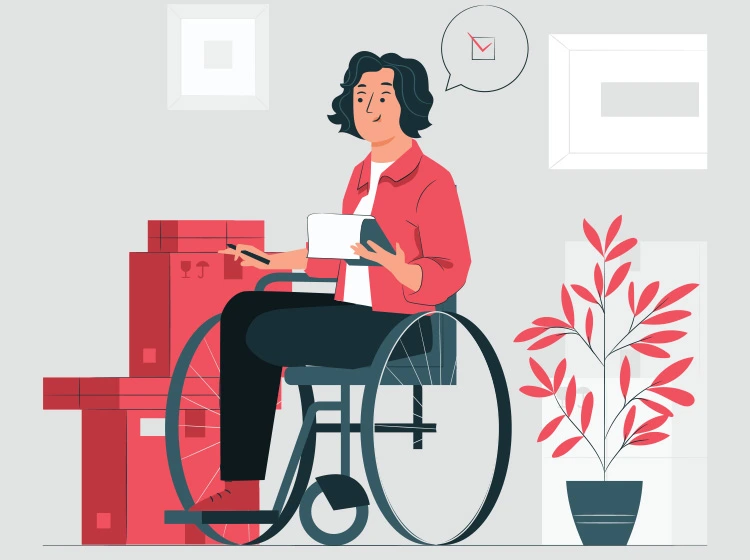Today’s businesses understand the significance of acquiring, selling, and licensing technology that benefits all stakeholders with disabilities, including job candidates, leaders and employees, clients, and suppliers. It is essential to ensure that everyone has equal access to the technology that enables them to perform their job and business responsibilities, and also achieve their goals efficiently. By embracing inclusive technology, businesses can demonstrate their commitment to diversity and inclusion by creating a workplace that is accessible and welcoming to all individuals, internally and externally. When purchasing new technologies, it is important to consider how they will impact the people using them. Designing an accessible procurement program requires evaluating every step of the function through a disability lens, from policies to product testing to accountability.
Beginning the Journey to Accessible Procurement
Designing accessible procurement is a journey, because it usually requires a complete overhaul of the current procurement system, similar to the process used to increase the inclusiveness of minority and women-owned suppliers. The difference is that a disability lens is used to evaluate policies, procedures, and the viability of products. Stakeholders interested in improving accessibility include job candidates, staff, vendors and suppliers, partners, customers, and clients. There is a legal compliance element, but the main goal is to ensure that people and business owners with disabilities have equal opportunities to succeed. The nonprofit Disability:IN strives to create an inclusive global economy for people with disabilities. Its business-to-business initiative Procure Access developed the building blocks for designing an accessible procurement, supported by the Disability:IN Accessible Procurement Toolkit.
When working with disabled businesses, it’s essential to establish a solid business case, outlining the accessible procurement priorities and potential benefits of partnering with disability-owned suppliers and companies that can meet accessibility needs. The advantages include improved diversity and inclusion in the workforce and supply chain, access to new markets, a clearer understanding of what accessibility means to stakeholders, and the opportunity to positively impact the community. Once the business case has been established, policies can be developed to ensure that disabled businesses are given equal consideration in the procurement process. This may involve updating procurement documents to include specific language around disability inclusion. The policies can address the scope of specific software and technology and provide clear explanations of responsibilities, exceptions, and maintenance.
Login Here

